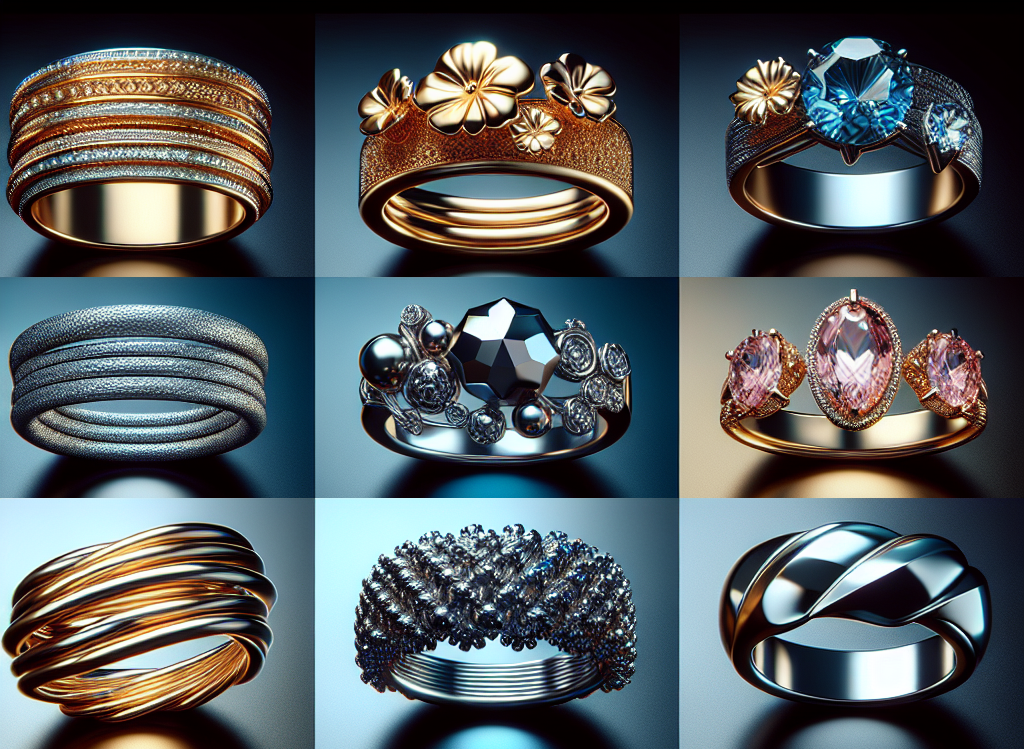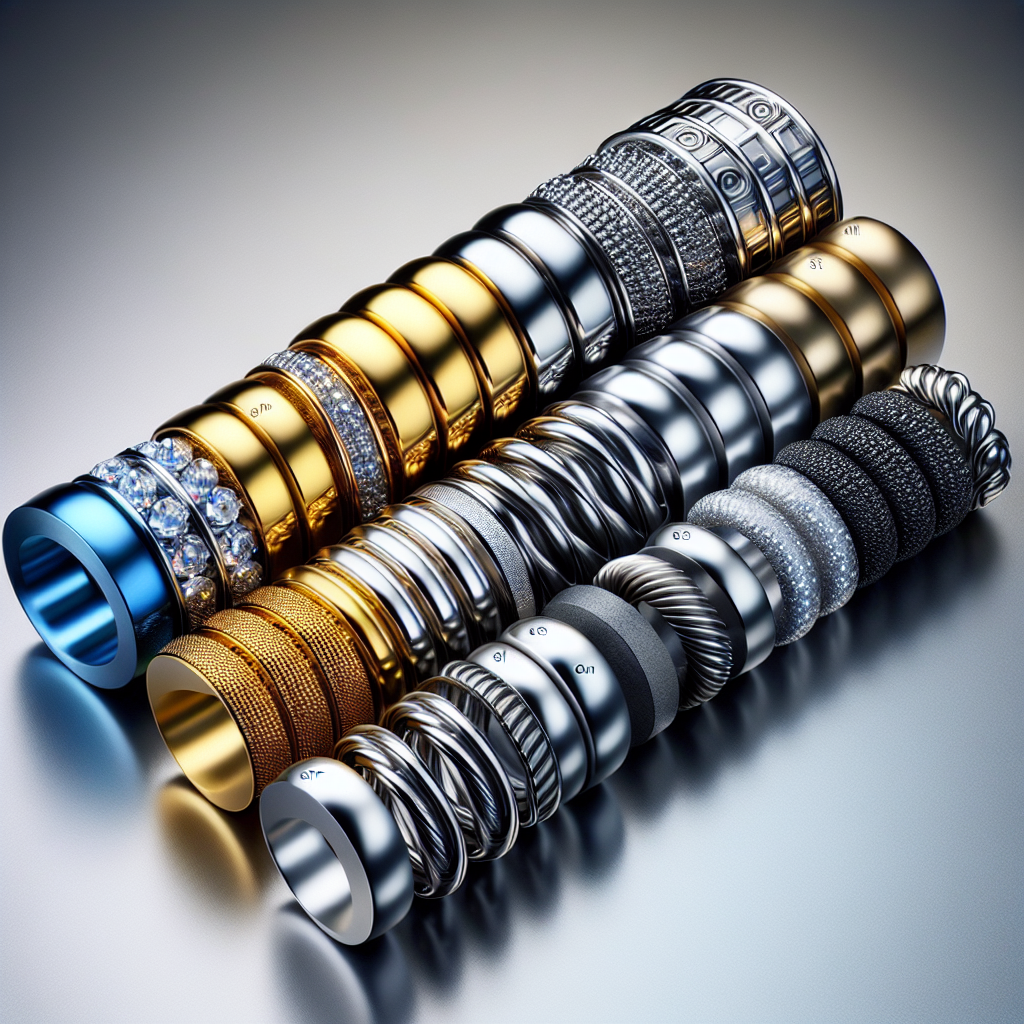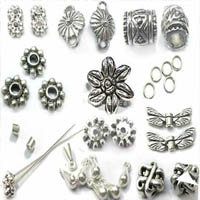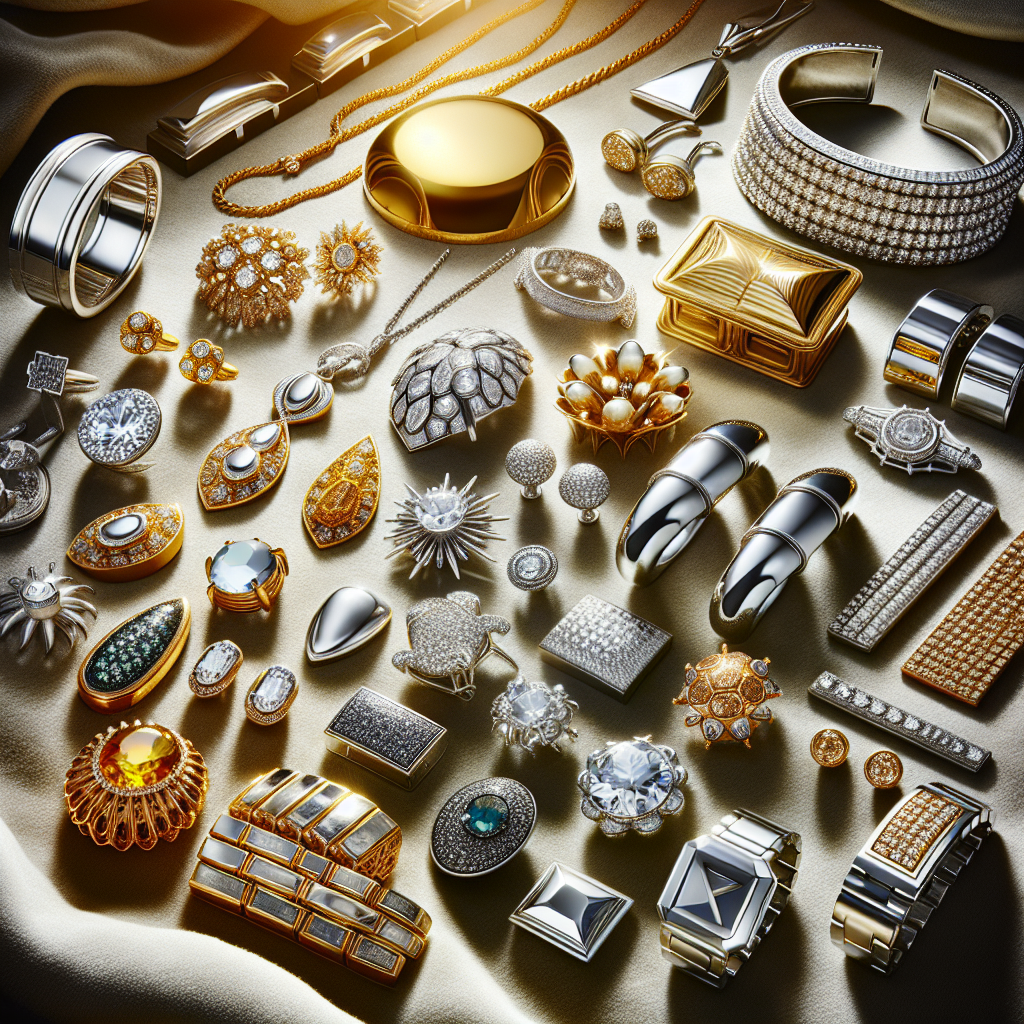Common Metals Used in Jewelry Making
Gold
Gold is a timeless choice for jewelry. Its malleability and lustrous appearance make it highly desirable. Gold is often alloyed with other metals to enhance its strength.
- Karats:
- 24K (Pure Gold): Soft and expensive. Rarely used for jewelry.
- 18K (75% Gold): Durable and premium quality.
- 14K (58.3% Gold): Affordable and durable. Popular for everyday wear.
- 10K (41.7% Gold): Affordable but less lustrous. Common in budget-friendly pieces.
- Pros:
- Luxurious and prestigious.
- Hypoallergenic (higher karats).
- Cons:
- Soft and prone to scratches (higher karats).
- Expensive.
Silver
Silver is another popular metal known for its affordability and versatility. Sterling silver (92.5% silver) is the most commonly used form.
- Pros:
- Affordable and versatile.
- Bright and shiny.
- Cons:
- Tarnishes over time.
- Softer than other metals.
Platinum
Platinum is a premium metal, known for its rarity and durability. It's heavier and denser than gold and silver.
- Pros:
- Extremely durable and scratch-resistant.
- Hypoallergenic.
- Cons:
- Expensive.
- Heavier, which some may find uncomfortable.
Stainless Steel
Stainless steel is an affordable and durable option, gaining popularity in contemporary jewelry designs.
- Pros:
- Highly durable and resistant to tarnish and corrosion.
- Affordable.
- Cons:
- Less luxurious appearance.
- Can be difficult to work with due to its hardness.

Less Common Metals in Jewelry Making
Titanium
Titanium is known for its strength and lightweight properties. It's increasingly used in modern jewelry designs.
- Pros:
- Extremely durable and lightweight.
- Hypoallergenic.
- Cons:
- Limited color options.
- More challenging to work with.
Tungsten
Tungsten is renowned for its hardness and scratch resistance. It's commonly used in men's wedding bands.
- Pros:
- Extremely hard and scratch-resistant.
- Affordable.
- Cons:
- Brittle and can shatter upon impact.
- Limited design flexibility.
Palladium
Palladium is part of the platinum group of metals and shares many of platinum's desirable properties.
- Pros:
- Durable and hypoallergenic.
- Lighter and more affordable than platinum.
- Cons:
- Limited availability.
- Can be more expensive than white gold.

Metal Alloys in Jewelry Making
Metal alloys are combinations of two or more metals to enhance the properties of the base metal.
- White Gold:
- Gold alloyed with nickel, palladium, or silver.
- Rhodium-plated for a bright white finish.
- Rose Gold:
- Gold alloyed with copper.
- Distinctive pinkish hue.
Why Use Alloys?
- Enhance strength and durability.
- Achieve desired colors and finishes.
- Reduce costs.

Considerations When Choosing Metals for Jewelry Making
- Target Audience:
- Consider preferences for luxury vs. affordability.
- Allergies or skin sensitivities.
- Design:
- Match metal properties with the design requirements.
- Functionality:
- Durability for everyday wear vs. occasional use.
- Price Points:
- Balance between cost and perceived value.

Conclusion
Selecting the right metal for your jewelry creations involves balancing various factors like target audience, design requirements, and budget. Each metal offers unique benefits, so explore and experiment to find what works best for you.
For further learning and to explore high-quality jewelry components and findings, check out Sun Enterprises. Their extensive range of products will inspire and support your jewelry-making journey.



